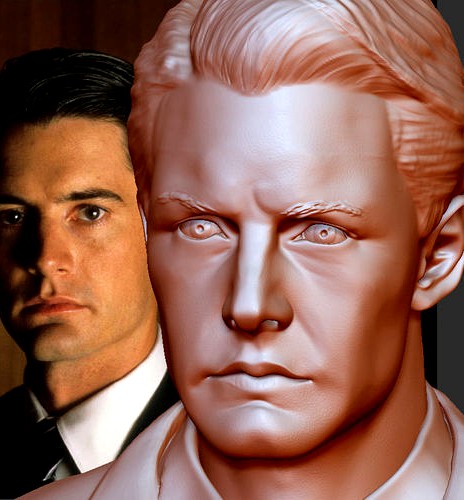

It is the simulation of a real world game contest with robots, made for a robotics club to practice the contest before they build their robots. In a project I worked on just months ago, I had an object with concave features used to balance a disk on a pole. They do, but only when you have the details in mind. Until then, it does seem like a ridiculously complicated series of obstacles that make no sense. Once you understand the details under the hood, this stuff does become familiar and simple. If you require these objects to move (or toss about, or be hit by something and move.not absolutely anchored objects that never move), then you have to consider your object a little more carefully. They're just scene obstacles configured that way. I think your study approach requires some adjustment, because this is typical 'learning experience' level stuff.įor example, static meshes without Rigidbodies are expected to be sitting still, and therefore do not need to test for collisions against each other. $$anonymous$$y sense is that your taking a stab at this from a "common sense" perspective, but the details accumulate to cause confusion.


Turn on the physics debug view to see the colliders (but they are Idea one: documentation and tutorials. If they pass right through your mesh, then you have a problem. Try tossing spheres at the mesh so created. The bottom line here is that if your mesh is static (non-moving, non-Rigidbody or kinematic RigidBody), leave convex off and you probably don't have a problem. For complex moving objects that do have concave features, we generally must apply colliders of our own creation if the convex setting produces a collider that isn't of sufficient detail.

Real time physics engines of most types can't efficiently handle concave features (cutouts, or like your object, L or U shaped regions). This is related to how the physics engine performs collision testing on moving (Rigidbody) objects (that are not kinematic - Google provides). The convex option does exactly what you're seeing, it ensures the collider is not formed with any concave faces, specifically for use with Rigidbody objects (stuff that moves). It doesn't appear you are using a Rigidbody, so a convex collider isn't required. A non-convex collider is basically the mesh itself. The second image shows a collider in the shape of the mesh. What you're seeing is quite standard and expected. Edit: See commentary below, as now that I understand your objective better, I suggest two convex meshes around the rectangles applied as mesh colliders to the artwork you present.


 0 kommentar(er)
0 kommentar(er)
